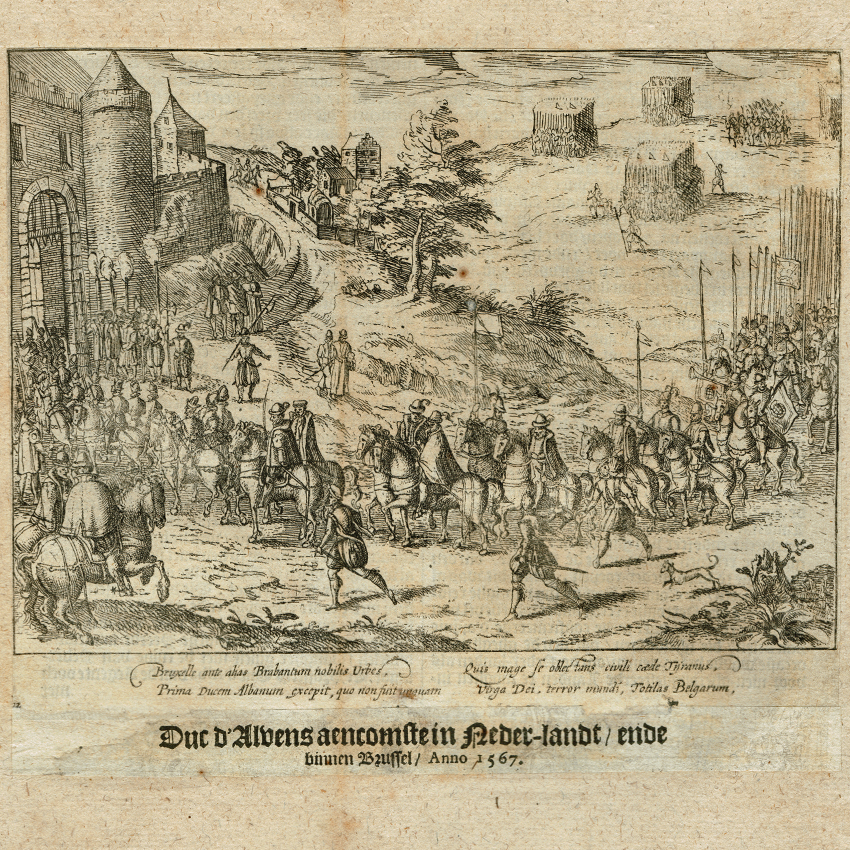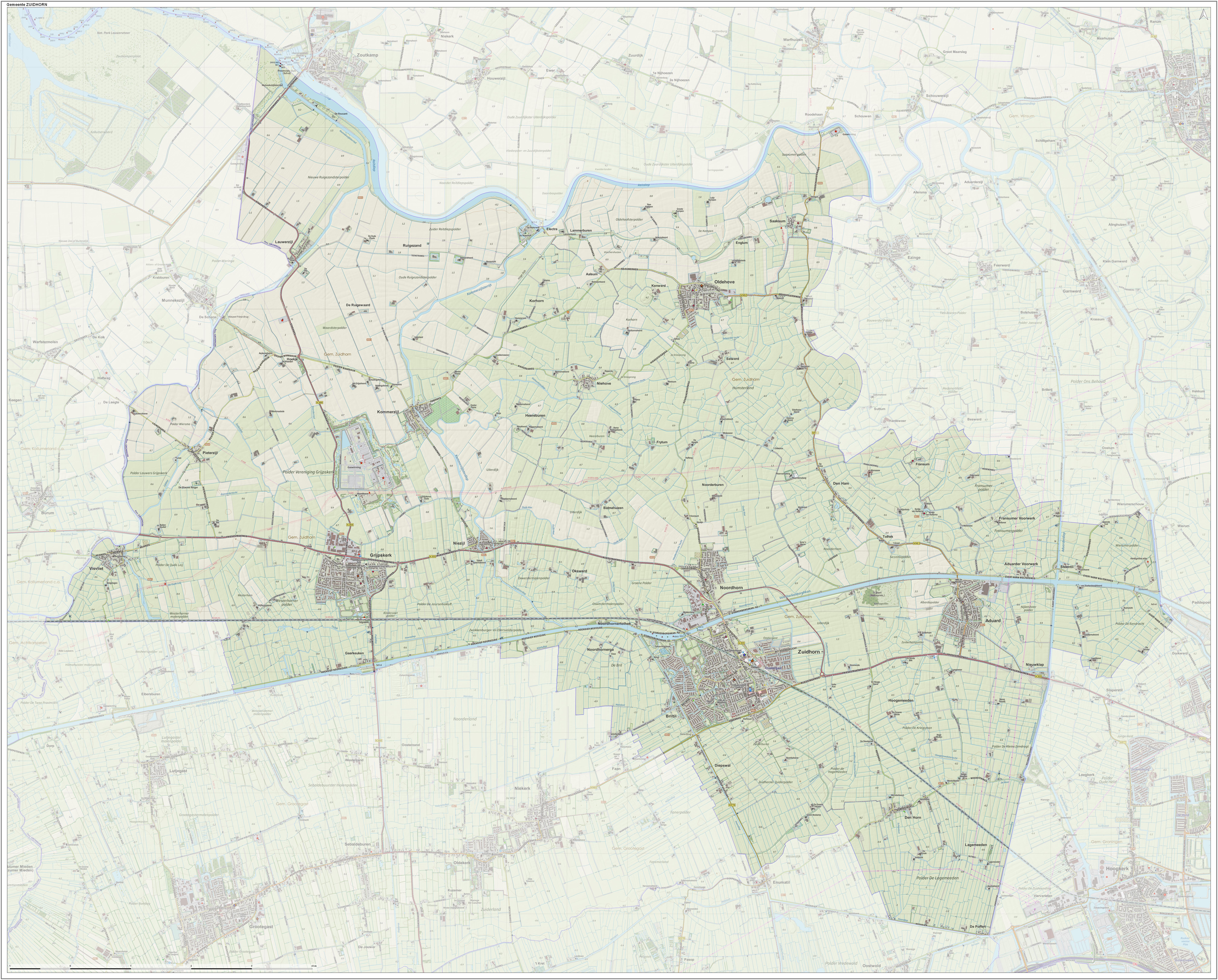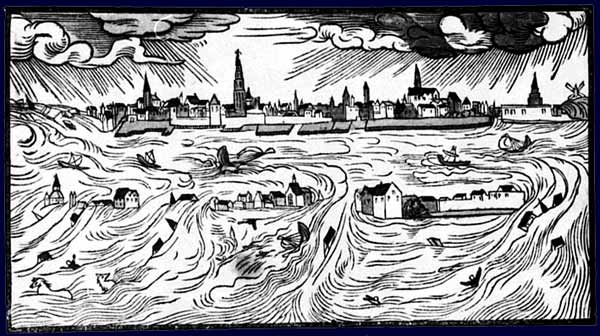|
Gaspar De Robles
Gaspar de Robles (1527, Madrid, Spain – 1585, Antwerp) was Stadholder of Friesland and Groningen at the beginning of the Eighty Years' War (reign: 1568 to 1576). Family Robles was the son of Doña María de Leyte, probably the wet nurse for Philip II of Spain, and João Lopes of Robles.Profile ; accessed 26 December 2014. In 1558 he married Jeanne de Saint-Quentin, baroness of Billy, their son was 1st Count of Annappes. They are considered to be the founders of the Flemish branch of the house and became owner of the castle and lands in in the County of Artois south of [...More Info...] [...Related Items...] OR: [Wikipedia] [Google] [Baidu] |
Madrid, Spain
Madrid ( , ) is the capital and most populous city of Spain. The city has almost 3.4 million inhabitants and a metropolitan area population of approximately 6.7 million. It is the second-largest city in the European Union (EU), and its monocentric metropolitan area is the third-largest in the EU.United Nations Department of Economic and Social AffairWorld Urbanization Prospects (2007 revision), (United Nations, 2008), Table A.12. Data for 2007. The municipality covers geographical area. Madrid lies on the River Manzanares in the central part of the Iberian Peninsula. Capital city of both Spain (almost without interruption since 1561) and the surrounding autonomous community of Madrid (since 1983), it is also the political, economic and cultural centre of the country. The city is situated on an elevated plain about from the closest seaside location. The climate of Madrid features hot summers and cool winters. The Madrid urban agglomeration has the second-largest ... [...More Info...] [...Related Items...] OR: [Wikipedia] [Google] [Baidu] |
Battle Of Jemmingen
After the Battle of Heiligerlee, the Dutch rebel leader Louis of Nassau (brother of William the Silent) failed to capture the city of Groningen. Louis was driven away by Fernando Álvarez de Toledo, Duke of Alba and defeated at the Battle of Jemmingen (also known as Battle of Jemgum, at Jemgum in East Frisia - now part of Germany) on 21 July 1568. Forces The Spanish army consisted of 12,000 infantry (4 tercios), 3,000 cavalry, and some cannons. Louis of Nassau opposed them with 10,000 infantry (2 groups), some cavalry, and 16 cannons. Battle After three hours of skirmishes, Louis' army left its trenches and advanced. Pounded by effective musket fire and intimidated by the Spanish cavalry, the advance turned into a general retreat towards the river Ems. Aftermath On 19 May 1571 a statue of the Duke, cast from one of the captured bronze cannons, was placed in Antwerp citadel. After the Sack of Antwerp in 1576, the city joined the Dutch Revolt The Eighty Years' War or ... [...More Info...] [...Related Items...] OR: [Wikipedia] [Google] [Baidu] |
Schelde
The Scheldt (french: Escaut ; nl, Schelde ) is a river that flows through northern France, western Belgium, and the southwestern part of the Netherlands, with its mouth at the North Sea. Its name is derived from an adjective corresponding to Old English ' ("shallow"), Modern English ''shoal'', Low German ''schol'', West Frisian ''skol'', and Swedish (obsolete) ''skäll'' ("thin"). Course The headwaters of the Scheldt are in Gouy, in the Aisne department of northern France. It flows north through Cambrai and Valenciennes, and enters Belgium near Tournai. Ghent developed at the confluence of the Lys, one of its main tributaries, and the Scheldt, which then turns east. Near Antwerp, the largest city on its banks, the Scheldt flows west into the Netherlands toward the North Sea. Originally there were two branches from that point: the Oosterschelde (Eastern Scheldt); and the Westerschelde (Western Scheldt). In the 19th century, however, the Dutch built a dyke that cuts the r ... [...More Info...] [...Related Items...] OR: [Wikipedia] [Google] [Baidu] |
Fall Of Antwerp (1584–1585)
Autumn, also known as fall in American English and Canadian English, is one of the four temperate seasons on Earth. Outside the tropics, autumn marks the transition from summer to winter, in September (Northern Hemisphere) or March ( Southern Hemisphere). Autumn is the season when the duration of daylight becomes noticeably shorter and the temperature cools considerably. Day length decreases and night length increases as the season progresses until the Winter Solstice in December (Northern Hemisphere) and June (Southern Hemisphere). One of its main features in temperate climates is the striking change in colour for the leaves of deciduous trees as they prepare to shed. Date definitions Some cultures regard the autumnal equinox as "mid-autumn", while others with a longer temperature lag treat the equinox as the start of autumn. In the English-speaking world of high latitude countries, autumn traditionally began with Lammas Day and ended around Hallowe'en, the approximate m ... [...More Info...] [...Related Items...] OR: [Wikipedia] [Google] [Baidu] |
Fernando Álvarez De Toledo, 3rd Duke Of Alba
Fernando Álvarez de Toledo y Pimentel, 3rd Duke of Alba (29 October 150711 December 1582), known as the Grand Duke of Alba (, pt, Grão Duque de Alba) in Spain and Portugal and as the Iron Duke ( or shortly 'Alva') in the Netherlands, was a Spanish noble, general and diplomat. He was titled the 3rd Duke of Alba de Tormes, 4th Marquess of Coria, 3rd Count of Salvatierra de Tormes, 2nd Count of Piedrahita, 8th Lord of Valdecorneja, Grandee of Spain and a Knight of the Order of the Golden Fleece. His motto in Latin was ''Deo patrum nostrorum'' ("To the God of our fathers"). He was an adviser of King Charles I of Spain (Charles V, Holy Roman Emperor), and his successor, Philip II of Spain, Mayordomo mayor of both, member of their Councils of State and War, governor of the Duchy of Milan (1555–1556), viceroy of the Kingdom of Naples (1556–1558), governor of the Netherlands (1567–1573) and viceroy and constable of the Kingdom of Portugal (1580–1582). He represented Philip ... [...More Info...] [...Related Items...] OR: [Wikipedia] [Google] [Baidu] |
Zuidhorn
Zuidhorn () is a town and former municipality in the northeastern Netherlands. The town largely depends on the city of Groningen. A railway line, operated by Arriva, connects the town with Leeuwarden in Friesland and Groningen. Due to a municipal reorganisation in 1990, Zuidhorn municipality was extended when it merged with, though not physically connected to Oldehove, Grijpskerk and Aduard. On 1 January 2019, the municipality was dissolved and merged into the municipality of Westerkwartier. Transport Zuidhorn has two train stations: Zuidhorn and Grijpskerk. At least once an hour a train runs between Groningen and Leeuwarden. On weekdays, trains stop twice an hour in Zuidhorn. Until 1991 there used to be a third station on this line, Visvliet. Nature In the center of Zuidhorn, lies a large, partly wooded park called "Johan Smit Park". It offers a wide variety of recreation, open to the public, based on trails. The "Quick Silver S" is the main sport hall, hosting many activi ... [...More Info...] [...Related Items...] OR: [Wikipedia] [Google] [Baidu] |
Bergumermeer
The Burgumer Mar ( nl, Bergumermeer) is a lake near the town of Burgum in the Dutch province of Friesland. The lake was formed during the last ice age An ice age is a long period of reduction in the temperature of Earth's surface and atmosphere, resulting in the presence or expansion of continental and polar ice sheets and alpine glaciers. Earth's climate alternates between ice ages and gre .... It is a popular water sports area with multiple yacht harbours. The splits the lake into a northern and southern part. Since March 15, 2007, the West Frisian name ''Burgumer Mar'' is the official name; before that date the Dutch name was the official oneWaternamen in Fryslân ). The villages Jistrum, [...More Info...] [...Related Items...] OR: [Wikipedia] [Google] [Baidu] |
Harlingen, Netherlands
Harlingen (; fy, Harns ) is a Municipalities of the Netherlands, municipality and a city in the northern Netherlands, in the province of Friesland on the coast of Wadden Sea. Harlingen is a town with a long history of fishing and shipping that received City rights in the Netherlands, city rights in 1234. Overview Harlingen is served by two stations on the railway line from Leeuwarden. From 1904 to 1935 there was a passenger service on the North Friesland Railway, freight being carried until January 1938. Rederij Doeksen operate ferries to the West Frisian Islands, Wadden islands of Vlieland and Terschelling that depart from Harlingen. The famous Dutch writer Simon Vestdijk was born in Harlingen and used to depict his hometown in his writings as Lahringen. The town of Harlingen, Texas, in the United States is named after this city because many of the original settlers of the Texas town came from Harlingen. The Admiralty of Friesland was established in Dokkum in 1597 but move ... [...More Info...] [...Related Items...] OR: [Wikipedia] [Google] [Baidu] |
All Saints' Flood (1570)
The All Saints' Flood of 1570 occurred on November 1–2, 1570, and is considered the worst North Sea flood disaster before the 20th century. It flooded the entire coast of the Netherlands and East Frisia. The effects were felt from Calais in Flanders to Jutland and even Norway. Even though the alleged casualty figures were mostly based on rough estimates and should be viewed with skepticism, up to 25,000 deaths can be assumed. Course of events The morning before the storm surge, a warning of a very strong flood had been issued for the first time in history. In Bergen op Zoom, the Domain Council, the local administration, had issued the warning, but it had not had the intended effect, as most victims were not reached by the warning and were caught unprepared by the flood. With a level of more than four meters above the mean high water, the flood was well above the height of the dikes existing at the time, which were also severely neglected. In numerous places, the dikes were ove ... [...More Info...] [...Related Items...] OR: [Wikipedia] [Google] [Baidu] |
Harlingen Stenen Man
Harlingen may mean: * Harlingen, Netherlands, a municipality and city in the province of Friesland in the Netherlands * Harlingen, Texas, a city in the United States * Harlingen, New Jersey Harlingen is an unincorporated community and census-designated place (CDP) located within Montgomery Township, in Somerset County, in the U.S. state of New Jersey. [...More Info...] [...Related Items...] OR: [Wikipedia] [Google] [Baidu] |
Musket
A musket is a muzzle-loaded long gun that appeared as a smoothbore weapon in the early 16th century, at first as a heavier variant of the arquebus, capable of penetrating plate armour. By the mid-16th century, this type of musket gradually disappeared as the use of heavy armour declined, but ''musket'' continued as the generic term for smoothbore long guns until the mid-19th century. In turn, this style of musket was retired in the 19th century when rifled muskets (simply called rifles in modern terminology) using the Minié ball (invented by Claude-Étienne Minié in 1849) became common. The development of breech-loading firearms using self-contained cartridges (introduced by Casimir Lefaucheux in 1835) and the first reliable repeating rifles produced by Winchester Repeating Arms Company in 1860 also led to their demise. By the time that repeating rifles became common, they were known as simply "rifles", ending the era of the musket. Etymology According to the Online Et ... [...More Info...] [...Related Items...] OR: [Wikipedia] [Google] [Baidu] |








